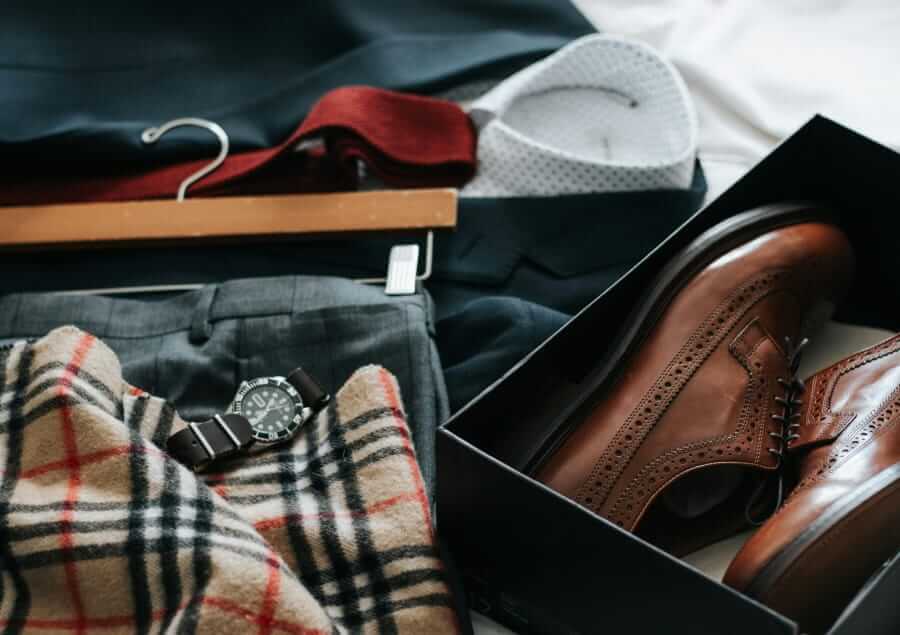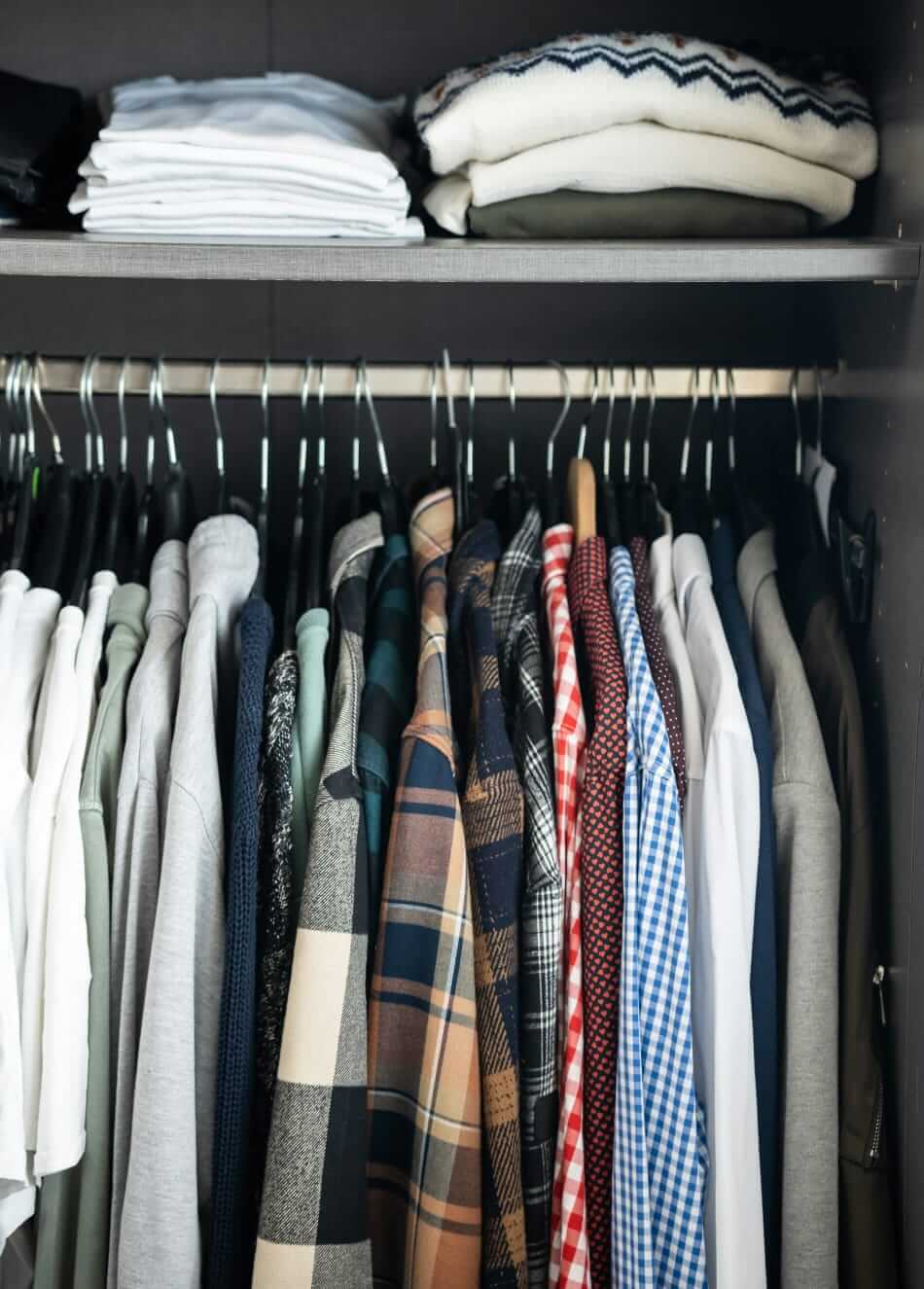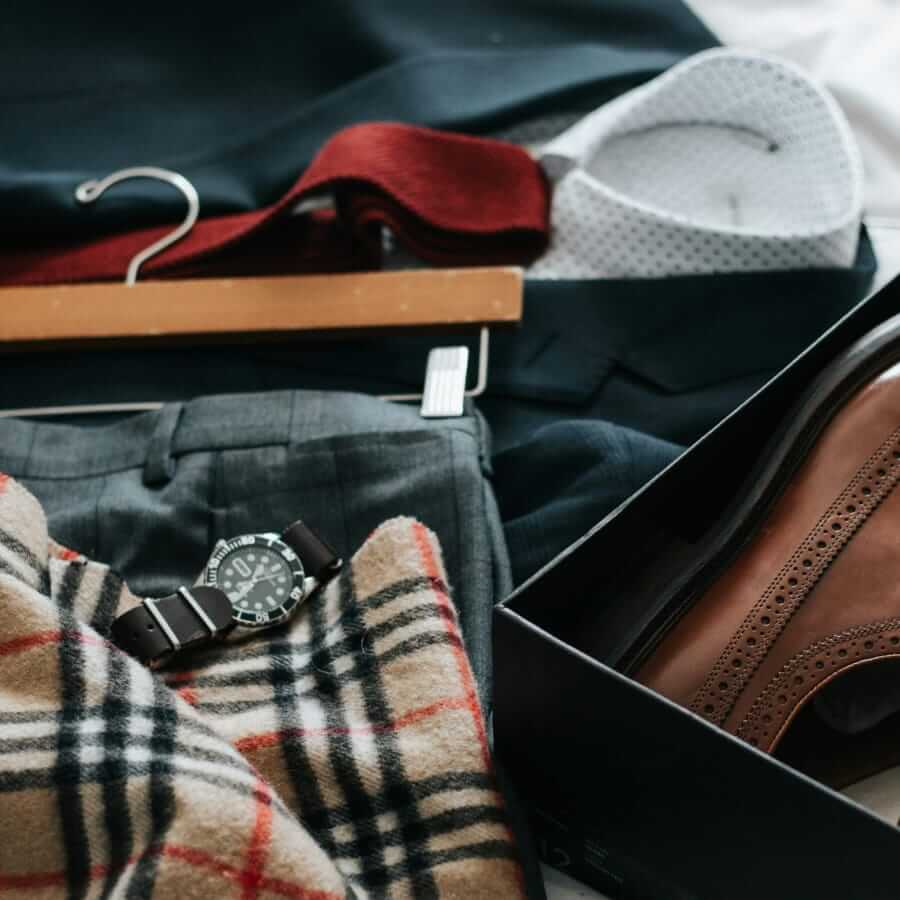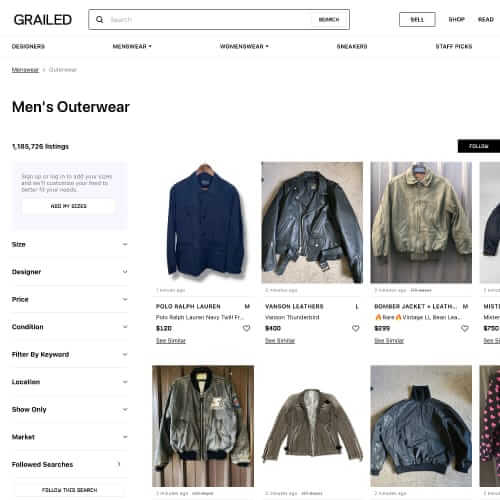A decade ago, the fashion writer and famed internet “menswear guy” Derek Guy met a young Parisian named Brian and discovered that the guy had a tiny closet and compact wardrobe of pieces: “He had two pairs of jeans, one pair of black trousers, two sweaters, a small stack of shirts, two pairs of boots, one pair of sneakers, and a few coats.” But everything mixed and matched together for a range of understated and cool looks.
When Guy met back up with Brian ten years later, he was pleasantly surprised to discover that many of the same jeans, pants and jackets were still in his regular rotation. “His wardrobe was a little more cutting-edge back then, but I think it's still very stylish now. Those pieces last—I have the same sweater and one of the jackets; they've all held up well.”
This is what we mean when we preach the virtue of “buy less, but buy better.” It's easy to get swept up in trends and the latest drops and collaborations. You feel like you need to add to your wardrobe to keep up with the proverbial Joneses. But as Guy points out, “when you buy quality clothes that you love to wear, you won't want to replace them. You repair. You can darn old sweaters, patch up workwear and embrace patina. Repair is cheaper than replacing, and it will stretch your budget.”


Form a functional, stylish wardrobe of pieces that are built to last. And you don't have to do it all at once. You have plenty of clothes in your closet now, right? But you, like most of us, stick to 15 - 20% of it, regularly wearing a handful of pieces because you like how you look and feel in them. That's your first sign. Slowly start upgrading those pieces as they wear-out with higher quality versions that are built to last. Do your research and ask around. The guy you follow on Instagram with the really cool chinos? Hit him up for the brand information.
And this doesn't always equate to spending a lot for quality pieces. Cultural critic and podcast host Chris Black has sung the praises of his UNIQLO Oxford shirt, which at 17-years-old, he says “is beat up, blown out—and absolutely perfect.” A pair of Dickies (be it new or vintage) is dollar for dollar some of the best money you can spend for pants. But if you're going to get a chore jacket, a proper French style—made by a company that's been crafting them from moleskin cotton for over a century—is a worthy investment.
The truth is, we already spend a lot on clothes. Apparel spending grew for the third year in a row and the average American spent $170 per month on clothes in 2023—a little more than $2,000 over the year. And the sad reality is that many trendy and fast fashion pieces often last no more than 10 wearings. That explains how 11.3 million tons of textiles ended up in landfills. That's about 76 pounds per person in the United States. Buying less, but buying better shifts that mindset and reminds us that it's better to cherish a few pieces that will continue to serve you for years, rather than buying a bunch of quick fixes that will ultimately let you down and just waste your money.


































